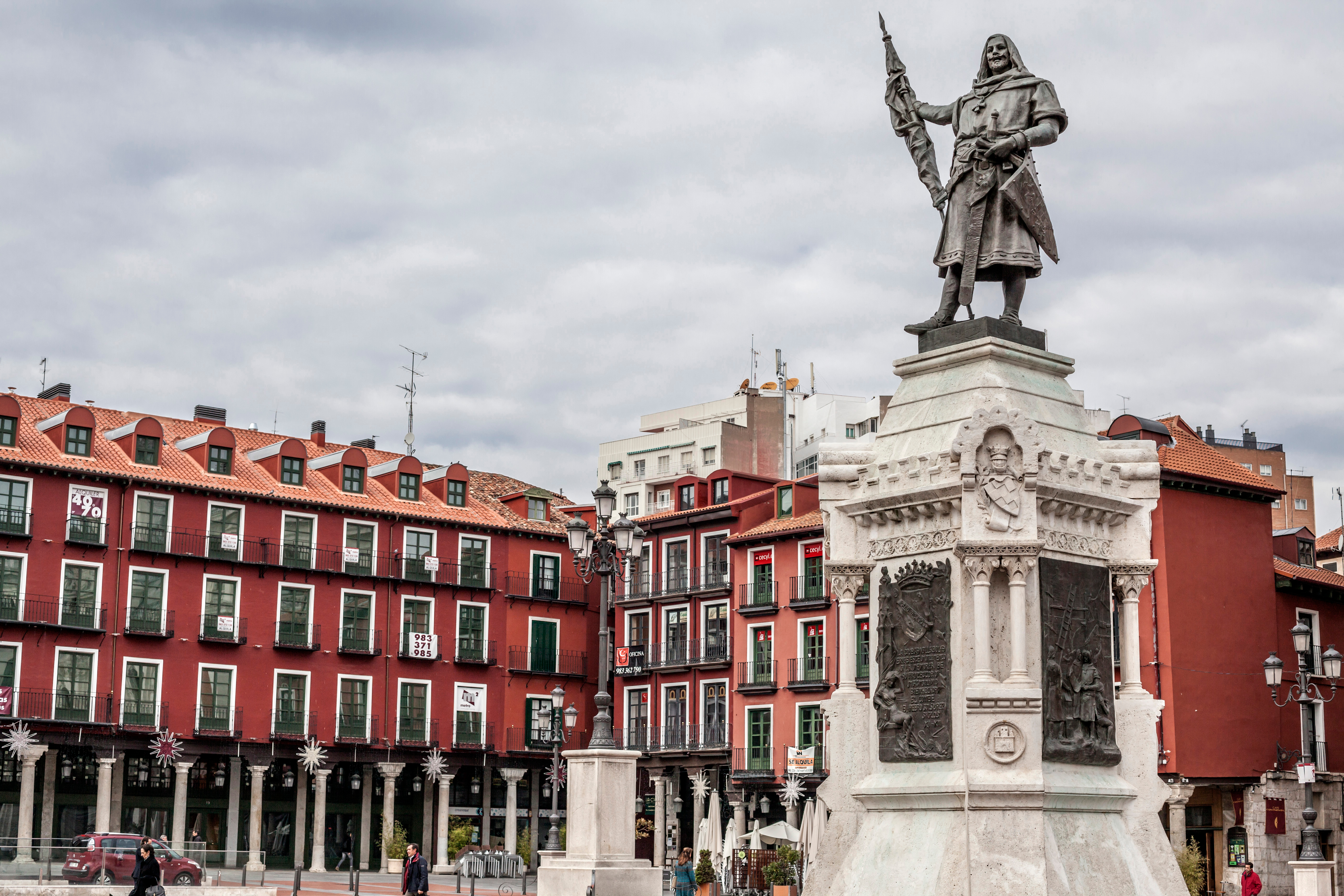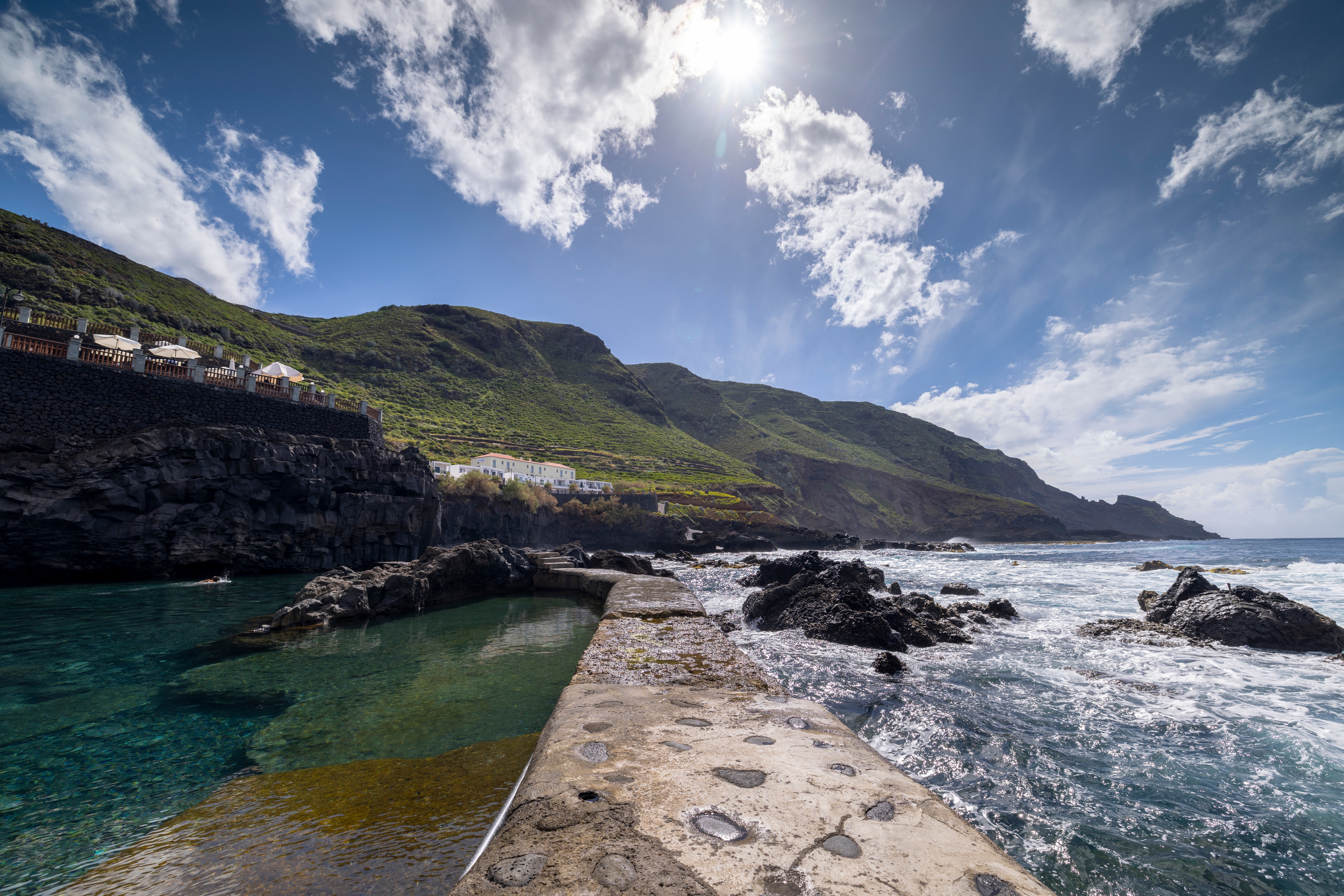3 days in London: a city break for culture and history
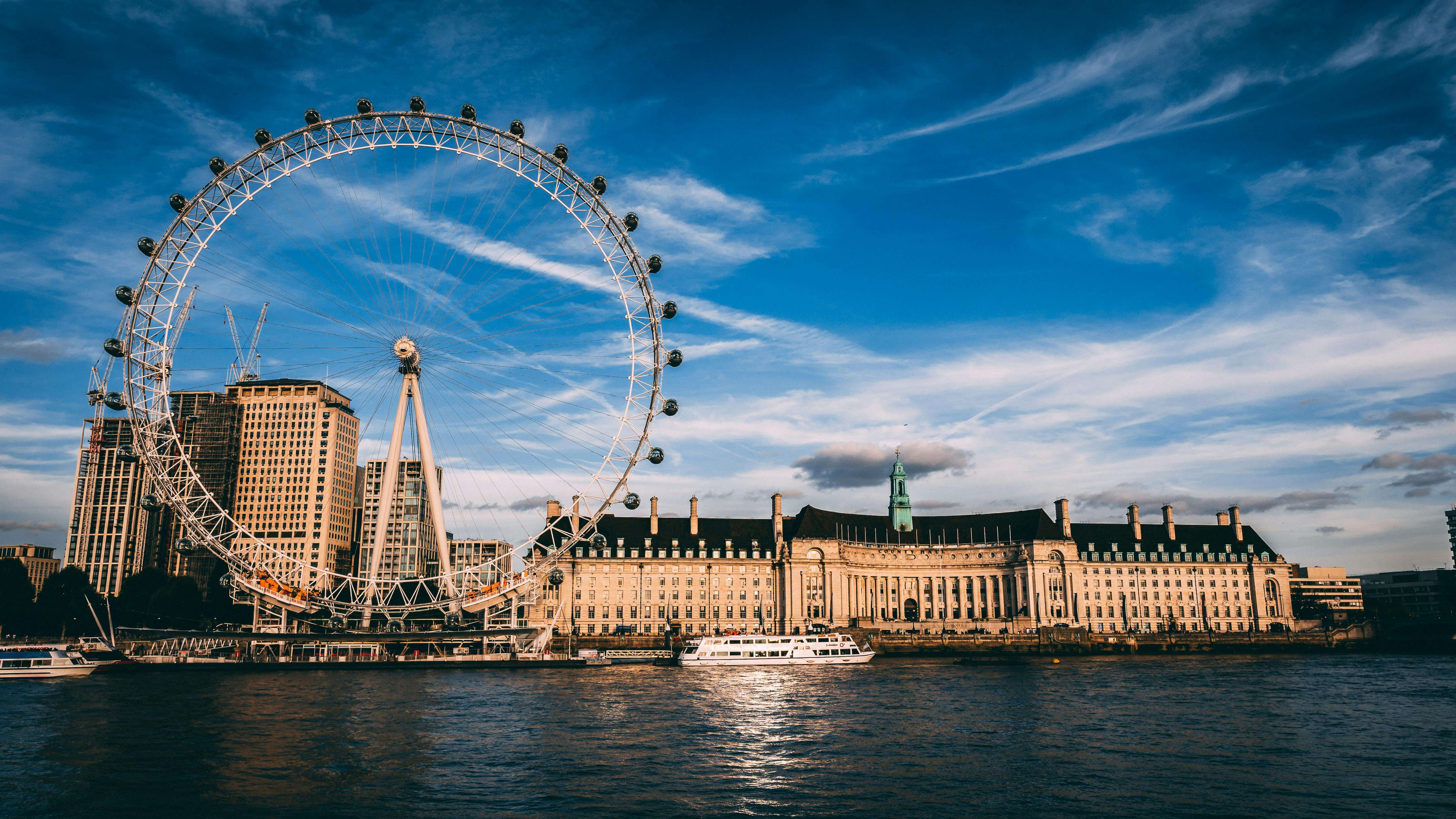
Although it operates at a quick pace, London maintains its profound essence. A three-day stay will allow you to grasp the essence of London which includes both traditional old pathways alongside bustling marketplace together with tranquil gardens combined with top-rank museums.
Day 1: London’s Historic Core: From Westminster To Covent Garden
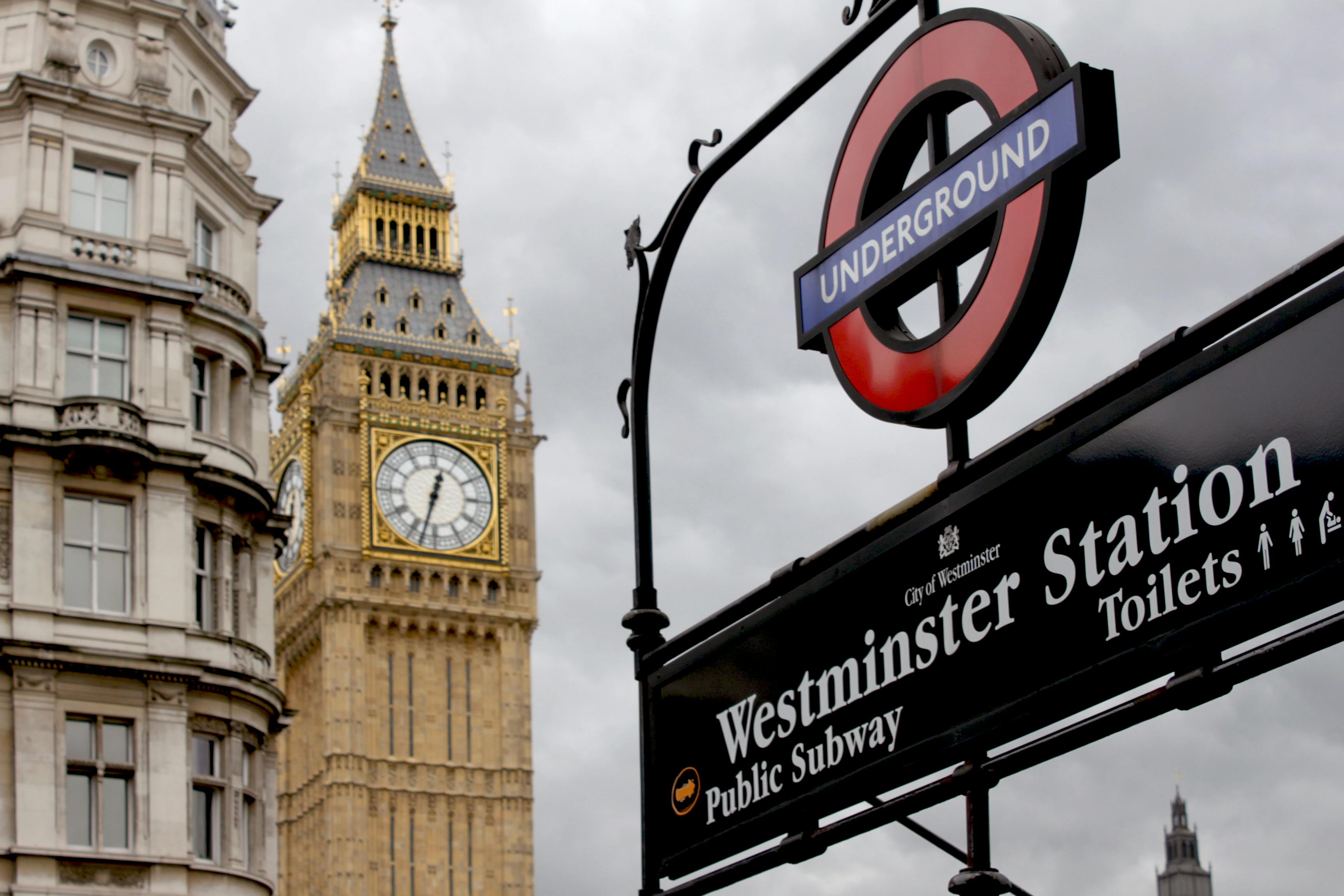
The royal and political center of London
Start your trip in the area that concentrates many of London’s political and royal landmarks. Westminster is accessible by several Underground lines and is easy to explore on foot. If you’re arriving from an airport that morning, aim to start late morning and plan your visits in the correct order to avoid crowds.
Begin at Westminster Abbey. The church has hosted coronations since 1066 and remains a working religious site. Guided or self-paced audio tours are available and take about an hour. Despite the number of visitors, the atmosphere is calm, and the details in the stonework are worth taking time to notice.
A riverside stroll with a view of London
From there, walk past the Palace of Westminster and Big Ben, which has been recently restored. The area around Parliament Square is always busy, but a quick loop around the square lets you take in key buildings like the Supreme Court and government ministries without needing to go inside.
Head toward the river and cross Westminster Bridge. The South Bank walkway on the other side is wide and lined with street food stands, casual cafés and benches with river views. You’ll also pass the London Eye, which you can book in advance if you want a short panoramic ride. Otherwise, continue walking along the river.
After lunch, cross back over the Golden Jubilee footbridge and continue into Trafalgar Square. The National Gallery is free to enter and has a solid collection of European art from the 13th to 20th centuries. You can spend as little or as much time as you like.
Dinner and shows in the heart of the West End
End the afternoon in Covent Garden, just a short walk away. It’s a mix of small boutiques, bookshops, arcades, and cafés. Performers often play outside the old market building. The nearby streets are quieter and are suitable for walking before dinner.
Evening options are varied. The West End is London’s theatre district. Many shows offer same-day tickets at reduced prices from kiosks. If theatre isn’t your thing, the restaurants around Seven Dials or Neal’s Yard offer a mix of local and international options without being overly touristy.
Day 2 : Markets, museums and a modern view of London
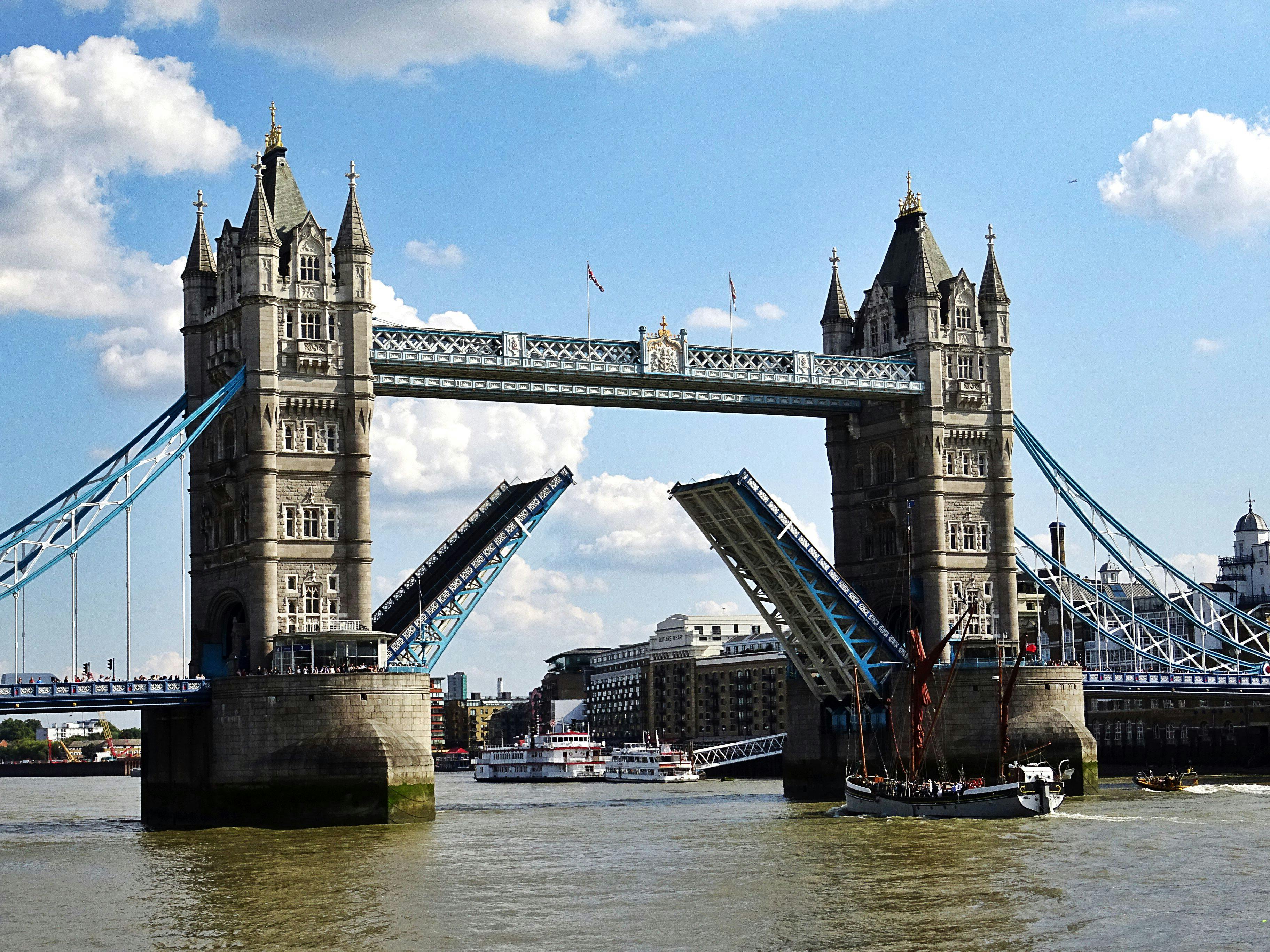
Classic treasures at the British Museum
Modern London becomes the focus of your second-day journey as you explore neighborhoods where art and cultural activities blend perfectly with local spirit. The excursion begins in Bloomsbury and then progresses toward the South Bank before concluding in the East End. A day starts with exploring the British Museum located in Bloomsbury. Early arrival time will help you skip waiting in line at the entrance.
The institution welcomes all visitors at no cost, and its exhibits span diverse cultures throughout different time periods. When visiting the British Museum, you should start with the Rosetta Stone, together with the Parthenon sculptures and Islamic Art galleries. When you visit this site, be sure to observe the glass dome in the central courtyard. The journey leads east from Russell Square to Great Ormond Street until it reaches the Underground station that provides access to London Bridge.
Lunch at Borough Market
Your journey will drop you off in an area of London that merges the ancient Shakespearean theatre with Victorian rail infrastructure and contemporary glass architecture. Londoners can find Borough Market situated within walking distance of the station. Borough Market combines traditional vendors who have been there since the beginning with contemporary international street food vendors. You have the option to dine at the premises or take out food for a riverside picnic.
The market operates with limited hours only on Mondays and does not open on Sundays. The visitor area at Southwark Cathedral remains empty in addition to being one of London’s oldest churches. Post-lunch, you can explore the outdoor area, which is composed of ancient lanes and modern pathways along with riverfront paths, to discover excellent walking locations.
The Tate Modern building, constructed from a former power station, can be reached by walking through the riverfront pathway. The permanent collection provides free access to visitors who can view Rothko’s works along with Bourgeois and Warhol’s displays. Visitors should explore the functional industrial facility, which offers panoramic views from its upper levels.
Sunset crossing and city views
To reach St Paul’s Cathedral, visitors should walk across the Millennium Bridge during sunset. The dome of London commands center stage from every outside viewing position in the city. The site requires ticket entry, but visitors can decide to climb the gallery according to their physical abilities.
After you arrive via the Central or District Line at Shoreditch, you will have the chance to experience the night. The district unites graffiti paintings with retro shops, art exhibitions, and independent coffee shops.
Brick Lane stands famous for its curry houses, yet Redchurch Street presents modern dining and drinking destinations. Residents of this area can visit restaurants that serve small plates and pizza for eat-in customers without having to deal with Soho’s busy crowds. Museum and market exploration should be scheduled to gather necessary information at appropriate times. London’s leading museums and market destinations receive their maximum visitor numbers during late morning hours.
Visitors seeking peaceful visits to the British Museum, Tate Modern, and Borough Market should show up during the first hours of weekdays. The majority of London museums welcome visitors before their 11 am opening time. Visiting food markets before noon will result in shorter queues and better seat availability. Booking reservations provides benefits when attending special exhibitions and seasonal events.
Day 3: Parks, calm streets and places that stay under the radar
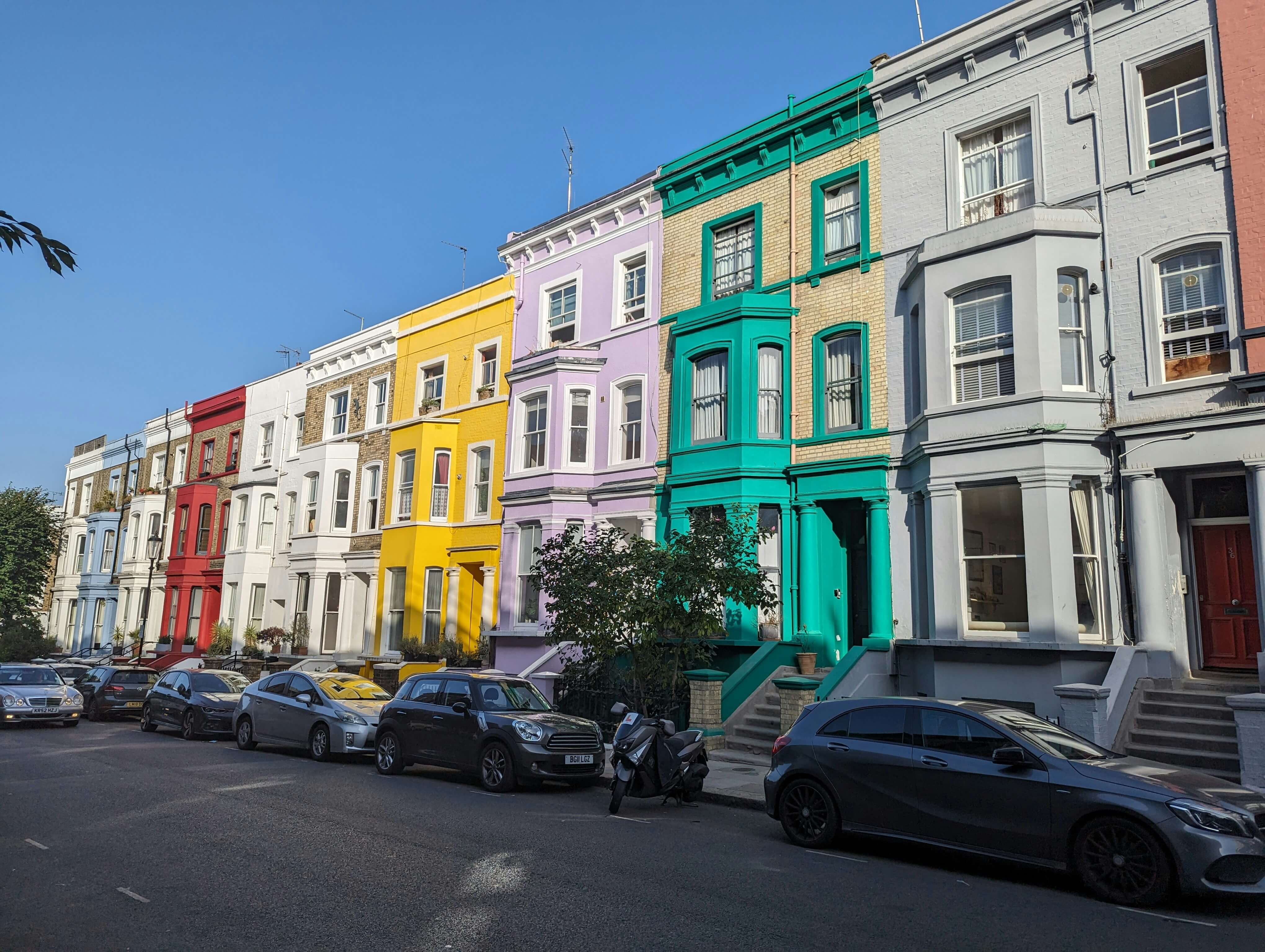
Morning in Hyde Park
Spend your last day in London exploring areas with a more relaxed pace after visiting busy locations during the beginning of your stay. The last segment focuses on open spaces together with local neighborhoods and hidden spots that first-time visitors usually overlook.
The experience revolves around the city’s atmosphere after most of the speed has subsided rather than major celebrity attractions. Hyde Park is one of the largest green spaces in central London. Entering through Marble Arch or Lancaster Gate in the early morning will lead you to a quiet atmosphere that especially dominates the Serpentine Lake area. The park provides walking paths, bike rentals, and relaxed lakefront relaxation.
The charm of Notting Hill
The journey leads from Hyde Park towards Notting Hill. The neighborhood continues to draw crowds to Portobello Road Market, although the authentic appeal lies within its tiny residential neighborhoods.
The West London neighborhood features pastel-hued houses together with independent bookshops and small bakeries. The distance between stops is brief, and many cafés offer outdoor seating at their establishments. Visiting during weekdays will help you escape the heavier crowds that usually gather during weekends.
Hampstead Heath: London’s countryside
Make your way to Hampstead Heath during the afternoon since it remains one of the few remaining urban wildernesses in London. The expansive park features several ponds together with woodlands and elevated terrain that give it a natural countryside feel rather than a public garden atmosphere. Visitors should walk to Parliament Hill to observe London’s skyline from the elevated position. People can identify Canary Wharf if the weather permits this observation point.
The heath creates suitable environmental conditions for outdoor food consumption because of stable sunshine conditions. Hampstead’s small community provides visitors with both historic public houses and narrow streets along with the cultural site Burgh House that features a museum set next to its garden café. The area feels preserved but not artificial. It’s quiet but not empty.
The canals along Little Venice
Little Venice serves as an alternative accommodation choice for central London visitors in its northwest district. The waterways of this district display a mixture of houseboats and small bridges bordering their banks. The area has two main visitor services through its waterfront walk, boat transportation to Camden, and waterfront cafe seating.
You can find this neighborhood as a small tranquil area which avoids the normal stream of tourists. Marylebone and Clerkenwell provide an ideal setting for dinner because they offer both excellent dining options and peaceful surroundings. The dining establishments here present seasonal menus together with lower noise levels than Soho and Shoreditch and convenient accessibility from nearby stations for both hotel residents and day travelers.
Extend your stay: easy day trips beyond London
Royal towns and river walks
The city limits do not restrict your exploration if you plan to stay longer or have free time before your departure. Various towns together with natural areas can be reached within two hours by car as they present environments that differ substantially from central London.
Windsor provides a pleasing experience because its downtown area is easy to navigate and clean while Windsor Castle serves as a major attraction. The State Apartments and Saint George’s Chapel can be explored through guided tours at this location.
People who want to enjoy outdoor activities can explore the parks which line the Thames River. Hampton Court Palace, further southwest, offers a different kind of royal history. The Tudor architecture stands out at this site, and the preserved kitchens and beautifully cared-for gardens make it a top attraction. A visit to the palace requires two to three hours yet leaves enough space for a peaceful riverside stroll.
Nature escapes in Richmond and Oxford
Nature enthusiasts will find pleasure in exploring Richmond Park, which provides enormous open space where deer roam unconfined. Visitors can use this space for walking activities as well as cycling and relaxation outside urban areas. This area is free to access for all visitors and offers various picnic locations.
Oxford’s academic heritage combines classical architecture in a north London region that is ninety minutes away from London. Most colleges within the central area of Oxford welcome visitors throughout the entire year. Visitors should park their vehicles outside central areas before walking in, while park-and-ride options are the best transportation choices.
A practical answer for free and pressureless exploration of these areas is to rent a car. Europcar provides a broad fleet of vehicles that customers can access from all main London sites, including airport terminals and central train terminals. Car rental services provide travelers with adaptable travel options because they can modify their schedules during half-day visits or overnight stays outside the city.
Discover car rental options from London

